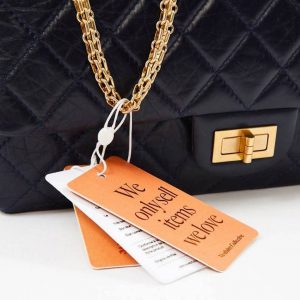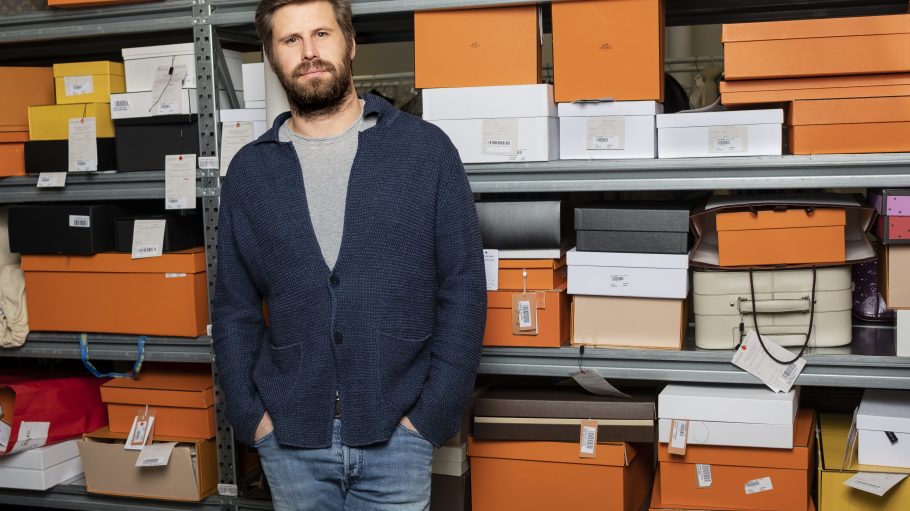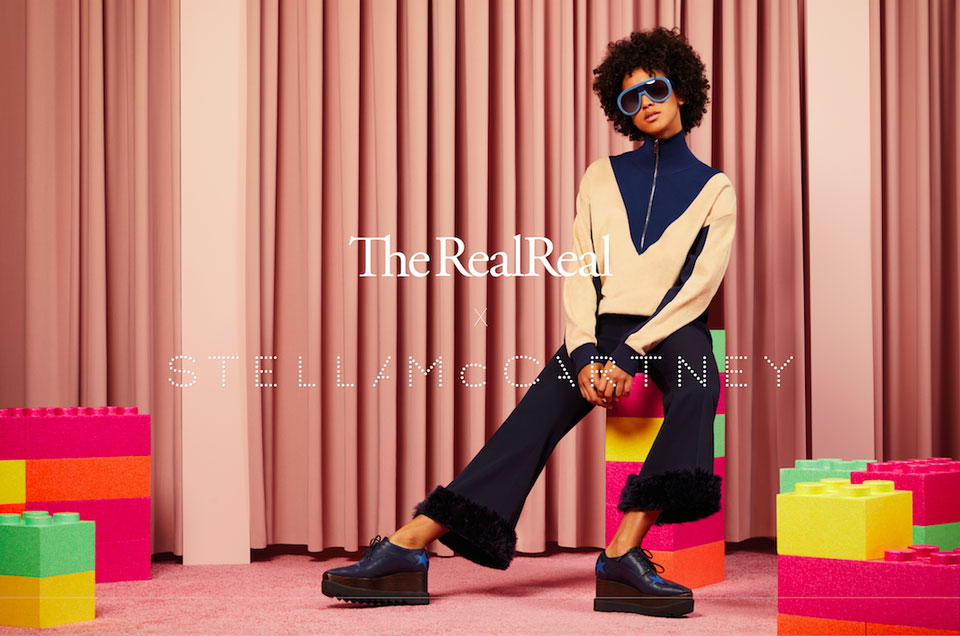Only a few years ago, luxury brands viewed resale as either a competition or a place where they had to fight their counterfeit products. But the rise and importance of the resale market are here to stay, and particularly with the effect of Covid, we have seen a great change, a rather accelerated change in the fashion and luxury industry. We have seen fast fashion joining the rapidly growing resale market, with H&M launching Rewear on September 7th. In July, Madewell announced it had extended a partnership with ThredUp to create the Madewell Forever programme, which allows shoppers to trade in their pre-worn jeans in exchange for store credit.

In March, Kering Group acquired a minimal, but important, 5 percent stake in Vestiare Collective. And it was only a month ago, in August, when Harvey Nichols announced it will offer resale service for its customers, teaming up with backend tech provider Reflaunt — the same firm that’s working with H&M on its marketplace. The most recent Bain Report, written in collaboration with Positive Luxury’s Diana Verde Nieto, stressed the importance of a resale market, and how a new business model will be emerging in the next few years for the fashion industry. So, it’s actually not much of a surprise to see the rapid and almost sudden change in the industry, including among the luxury giants.
Why should fashion invest in resale?
1. Future consumers: Resale consumers may become actual consumers of the brand—in future, they may buy that Gucci jacket at full price. The younger generation seems to be quite interested in the resale concept, and they make a significant portion of the consumers in the resale market. That’s partly because of the sustainability concerns of Gen-Z and millennials, but also because it’s simply cheaper to buy resale. The resale market could be their first introduction to the brand.
Luxury brands trade on being special and scarce. And yet top brands like Gucci and Chanel mass-produce goods in large volumes, relying heavily on high prices and branding to generate the perception of exclusivity that gives their products value. What happens when resale sites reveal these goods to be more ubiquitous and less valuable than consumers may have thought?
Gucci appears to be betting that its products will retain value over time, that bringing these products to a wider audience is something its brand can withstand and that, ultimately, the rewards of engaging more directly with the secondary market outweigh the risks.
2. Control of the brand image: Yes, counterfeit exists and resale channels have done great work and invested in tackling this problem, but there’s also the brand image factor to consider in resale: when Kering group invested in pre-owned luxury fashion retailer Vestiare Collective, it meant Kering would also have a say in how their brand is presented, and perhaps could even collaborate on special projects.
 Maximilian Bittner is the CEO of the luxury resale platform, Vestiaire Collective. Photo source: Vestiaire Collective
Maximilian Bittner is the CEO of the luxury resale platform, Vestiaire Collective. Photo source: Vestiaire Collective
About a year ago, Gucci, whose products have long been bought and sold on the secondary market, launched a shop with The RealReal, stocked with a selection of Gucci products sourced from the platform’s consignors, as well as pre-worn press samples supplied by Gucci itself. And a year later, they invested in Vestiare Collective. In recent years, Stella McCartney and Burberry have also launched partnerships with The RealReal.
 The “Fashion is Circular”-campaign between The RealReal x Stella McCartney. Photo source: The RealReal
The “Fashion is Circular”-campaign between The RealReal x Stella McCartney. Photo source: The RealReal
What to watch out for: Look for the intention behind investing in resale. Many fashion and luxury brands profess to support resale now because it is a buzzword, and everyone seems to be jumping on the bandwagon. Just as we talk about greenwashing when it comes to sustainability, we also need to talk about greenwashing when it comes to investing in resale.
3. The lure of sustainability: If you offer resale, you immediately are giving off the vibe that you are serious about sustainability. Circular fashion has now become the latest buzzword in the industry, and we see many more fashion brands talking about the circularity of fashion. The reason why we see fashion and luxury brands focusing on resale relates to their concern for sustainability as well as their impact factor. As a fashion brand, you are often asked about your carbon footprint and circular fashion helps with that. But does it? Consider point 4, below.
4. Impact factor: Resale’s impact on fashion’s carbon footprint depends on two factors: (a) whether it actually leads to a reduction in primary manufacturing and (b) the additional energy and resources required in the product’s journey from one consumer to another. In a May study published in the academic journal Environmental Research Letters, Jarkko Levänen of LUT University in Finland found that resale contributes less toward climate change compared with textile recycling and fashion rental. But that was only true when the availability of second-hand clothing replaced the need to produce new apparel. So, we still need to wait and see and measure impact. What really is the impact factor? Is it even real? The jury is still out—further study is needed.
Resale may or may not have the powerful industry impact some are hoping for. As a sustainable, planet-friendly concept, it has broad appeal, particularly amongst two large cohorts of potential purchasers. But resale needs to be about more than the optics, more than a trendy or simple feel-good piece. One thing we can say with certainty: Resale is with us for the foreseeable future, and it’s a concept forward-thinking fashion brands need to carefully consider within the scope of their business development plans.





